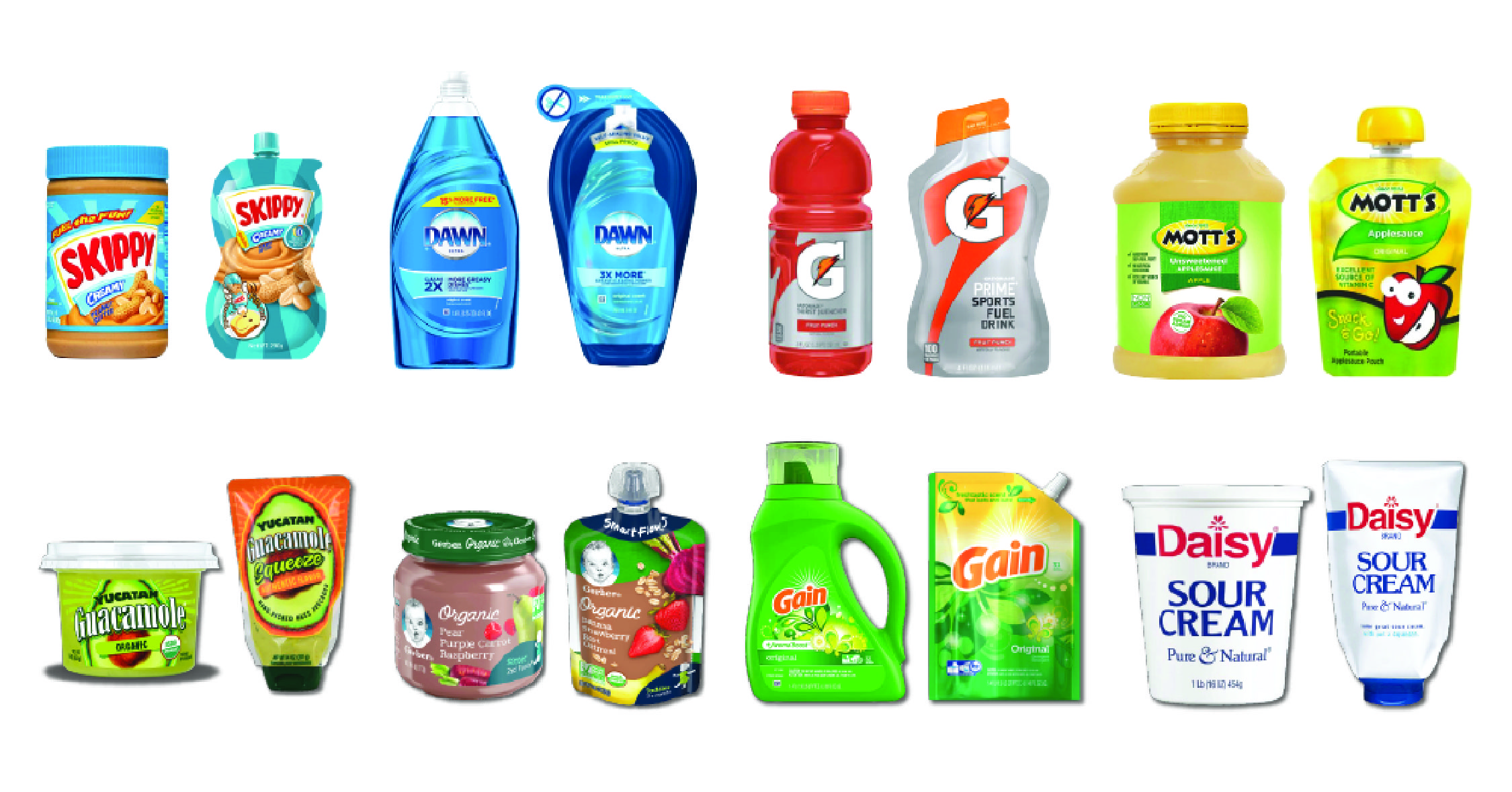Nearly 30 years after the digital revolution took center stage, the Information Age is taking its final bow and the Experience Age is waltzing in.
As the fascination with all things virtual fades away, millennials are putting their money where their values are – in experiences. According to Heidi Chambers, HP Indigo Labels & Packaging Business Development & Brand Manager for North America, millennials crave personalized experiences. “How millennials are spending their money is different than previous generations. They are changing the game.”
Consumer packaging brands need to take note of the changing tide, as the generation born between 1980 and 1996 currently accounts for an estimated $1.3 trillion annually in consumer spending.
Success in selling to this demographic lies in authentically delivering tailored experiences. Leading the charge in the idea of consumer packaging experiences is VIA AllianceTM partner, HP Indigo. As a prominent provider of digital print technology, HP is pushing the boundaries of packaging with its continual drive to deliver transformational customer experiences through print.
As the packaging industry continues to evolve to keep up with changing buying habits, Haney is seeing HP lead the way with its digital presses and SmartStream Mosaic variable-data technology. “The software is not only easy to set-up and use, but also dramatically increases print speeds,” says Dan Haney, Co-founder and president of Haney. “These attributes make the HP Indigo print platform perfect for customization and hyper-personalization of consumer goods packaging.”
In one of the latest examples of a hyper-personalized marketing campaign, HP teamed up with Nestle to deliver more than 50,000 personalized KitKat packs. This feat shattered the impulse purchase mentality of piling candy bars haphazardly at the grocery store check out lanes. Contrary to grabbing a bar at the end of a shopping trip, consumers headed online in droves, in hopes of winning a specialty bar.
Nestle kicked off the UK marketing campaign by encouraging consumers to enter wrapper codes online for a chance to produce their own KitKat wrapper. Printed on the HP Indigo 20000 digital presses, winners were able to customize the KitKat wrappers with individual photos and “Break Messages.” These hyper-personalized KitKats were a resounding success with consumers, resulting in a steady stream of Facebook, Twitter, and Instagram posts of happy smiles on personalized packaging.
“Personalization is how a brand owner creates a connection with a consumer. That’s why it is so critical,” says Chambers. “Through this campaign, KitKat is now interacting directly with the buyer,”
Success of this type of personalized campaign lies in the social media environment millennials inhabit. The increase in technology has conditioned consumers to expect personalization at every level. A recent study from Epsolon found that 80% of consumers are more likely to make a purchase when brands offer personalized experiences.
While the numbers are still to be determined for the KitKat campaign, the figures are in for Coca-Cola’s, ‘Share a Coke’ campaign. After the brand launched the project in Europe, printing 150 names per country, in 32 countries and 15 languages for three products, Coca-Cola’s volume sales grew by 4%. The labels, printed on HP Indigo WS6000 series Digital Presses, caused an online frenzy, as social media sites were flooded with more then 39,000 #shareacoke impressions and its Facebook community grew by 6.8%.





